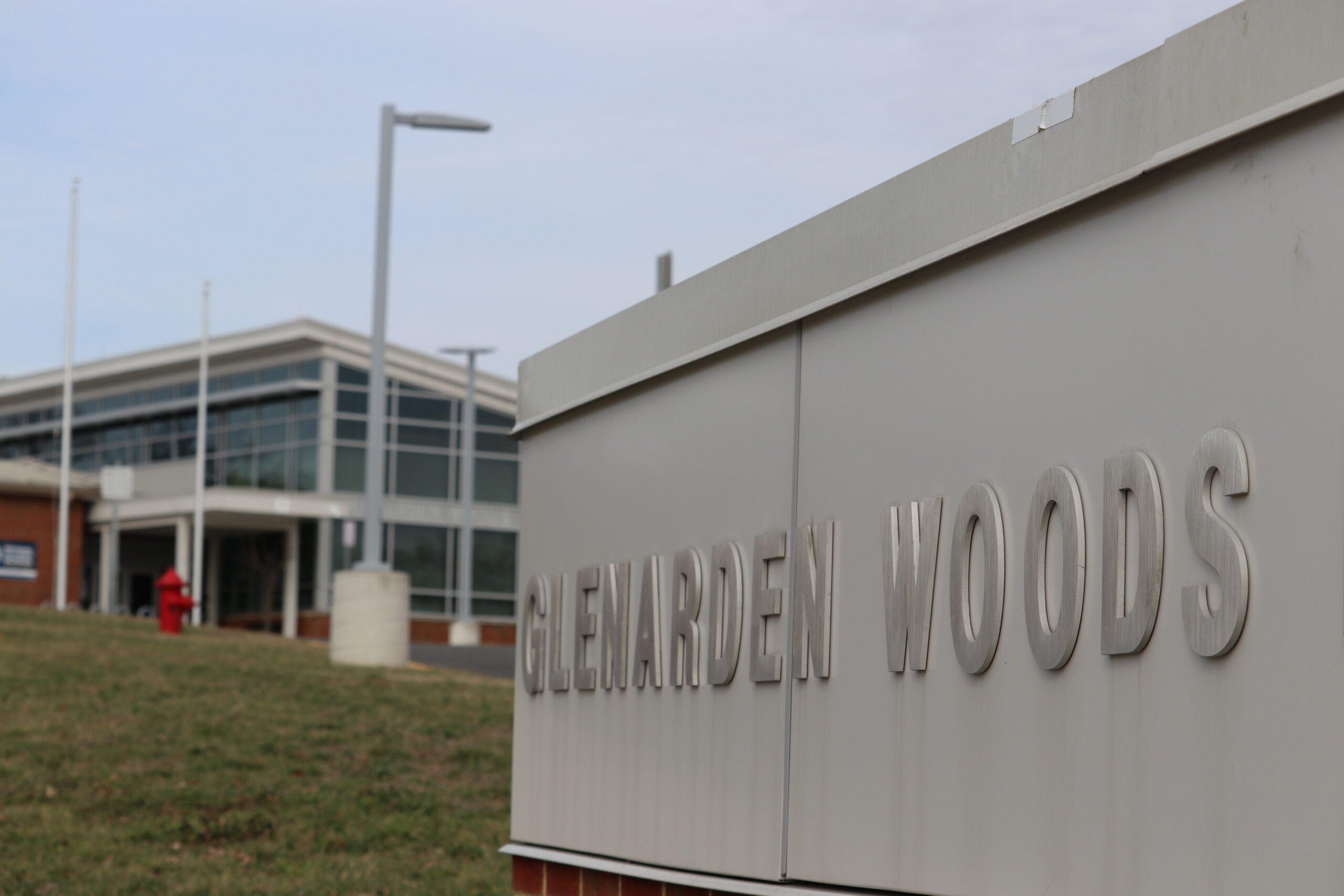
The solar energy panels on the roof of Glenarden Woods Elementary School stand over its middle-class neighborhood, wedged between the Capital Beltway and U.S. 50 in Prince George’s County, like a sentinel. They’re a reminder that preparations for a better future aren’t just taking place in the classrooms beneath them.
They’re also a useful teaching tool, in a school district that has committed to run on 100% clean energy by 2040.
As officials at the state and local level scramble to meet Maryland’s ambitious goals for combating climate change, expanding the use of solar energy is clearly a key part of the solution. But emotional and politically charged debates abound over where to place large solar arrays. Right now, for example, in Carroll County, the Board of County Commissioners is contemplating a six-month moratorium on large-scale solar development, as vocal critics fume over five proposals for solar farms on agricultural land.
Schools can be part of the solution.
With expansive rooftops and situated in areas that are often largely devoid of trees, school buildings in many ways seem like the ideal locations for placing solar panels.
“I think the opportunities are probably limitless,” said Paul Willey, director of education operations at the Chesapeake Bay Foundation, the regional Annapolis-based environmental group that, among other things, offers courses and trainings for educators, students, and community leaders on how to become good stewards of the land, air and water. “Any flat roof could take solar.”
Rooftop solar arrays on schools also provide built-in, real-life examples of what clean energy installations look like, and can provoke robust discussions in a school setting about the imperatives of confronting climate change. Willey likens it to “show and tell.”
“If you’re building a school, the whole school should be an educational opportunity,” he said. “That’s what teachers want. Everything around them should be part of the teaching.”
But even with all that potential, “it’s a largely untapped resource right now,” said Laura Schifter, the leader of This is Planet Ed, a national initiative of the Aspen Institute that seeks to use public education as a means to spur climate action.
There are many reasons for this.
Expanding the use of solar in American schools is part of the mission of Generation180, an environmental organization in Charlottesville, Va. The advocacy group estimates that powering all K-12 schools in the U.S. with 100% solar would eliminate approximately 60 million metric tons of carbon emissions every year — the equivalent of shuttering 16 coal-fired power plants.
“Schools have a mission to prepare students for their bright futures,” a Generation180 report from last September, “Brighter Future: A Study on Solar in U.S. K-12 Schools,” says. “By switching to clean energy, schools can teach our youth and model for our communities how we will achieve a stable climate and a healthy planet together.”
Taking data from the National Center for Education Statistics, the group outlines the potential for expanding the use of solar on school properties and tracks the growth in solar use in the country so far.
Between 2015 and 2021, the cumulative solar capacity at K-12 schools across the country tripled, and the number of schools with solar doubled. At the end of 2021, about 7% of U.S. K-12 schools were powered by solar energy.
How does Maryland rate, compared to other states?
Through 2021, Maryland had 188 schools with solar installations, according to the Generation180 report — good for 10th in the nation. The state was No. 9 in the number of students attending schools with solar energy, 138,248. Maryland schools were No. 15 in the amount of solar energy generated, 19,652 kilowatts. Overall, Maryland has 1,427 K-12 public schools and more than 900,000 students enrolled.
Due to its size, and to its leaders’ long-standing embrace of climate action, California, unsurprisingly, was way ahead of everyone else in all three categories in the Generation180 report. Yet other states with similar populations to Maryland or in the Northeast appear to be outpacing what’s happening here.
New Jersey, with a population of 9.2 million (Maryland’s is 6.2 million), is No. 2 in each of the study’s categories, with 662 solar schools, 421,399 students attending them, and 194,388 kilowatts of energy generated. Massachusetts, with a population of 6.9 million, was No. 4 in the amount of solar energy generated from public schools, No. 5 in the number of solar schools, and No. 6 in the number of students attending them. Connecticut, with a population of just 3.6 million, was ranked 7th in the number of solar kilowatts generated from K-12 schools, and No. 8 in both the number of solar schools and students attending schools powered by solar.
But the Generation180 report did single out the Prince George’s County Public Schools system for praise, noting its goal of hitting some zero-emissions targets by 2030 and others by 2040. And it also hailed three new “net-zero energy” Maryland schools: Wilde Lake Middle School in Howard County; Holabird Academy in Baltimore City; and Graceland Park/O'Donnell Heights Elementary/Middle School in Baltimore City.
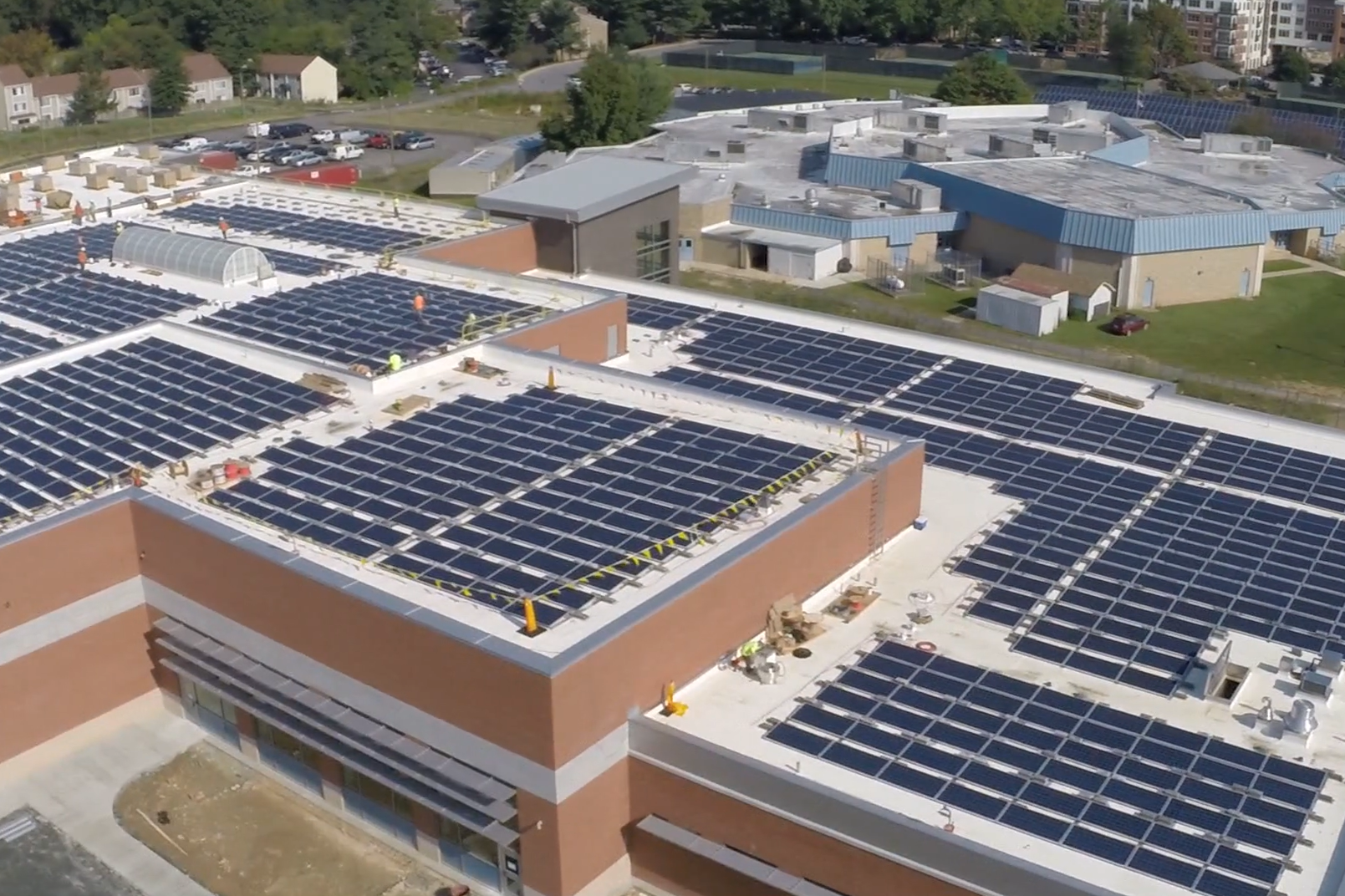
Wilde Lake Middle School’s solar array includes 1,400 roof-top and another 600 on the ground. Screenshot from Howard County Public Schools.
The clean energy installations at those three relatively new schools, which include geothermal energy and electric heat pumps in addition to rooftop solar arrays, have already received a significant amount of attention. They were funded in part by $3 million in grants from the Maryland Energy Administration, which enabled the school districts to purchase the panels without increasing the projects’ construction budgets.
Paul Pinsky, the former veteran state lawmaker who just took over as director of the Maryland Energy Administration, wants to use those three schools as models for the rest of the state. Pinsky, the lead Senate sponsor of the Climate Solutions Act Now legislation of 2022, which called for a 60% reduction in greenhouse gas emissions in the state by 2031, is beginning to meet with school superintendents and other education leaders across Maryland, preaching the gospel of renewable energy. His agency handed out about $67 million in grants last year, and he's making local leaders aware that state money is available for clean energy retrofits in existing schools or for major renewable energy installations in new school buildings — and that more is on the way, thanks to various new federal programs and funding initiatives.
The federal Infrastructure Investment and Jobs Act, which became law in late 2021, is expected to make money available specifically for rooftop solar projects on schools, though the regulations to create and govern the funding stream have yet to be written, Pinsky said.
Pinsky, who knows most of the state's school superintendents well through his work helping to develop the Blueprint for Maryland's Future education reform initiative, has a simple message for them: "We'll make this energy transition easy for you. You won't have to put out your own money."
Some school officials fret about the upfront costs of installing solar and other clean energy infrastructure. But Pinsky believes they pay for themselves in anywhere from five to nine years — a significant development when the life of a newly-constructed school building is projected to be at least 40 years.
"The larger the roof, the more cost-efficient it is," he said.
Pinsky will also be reminding school districts that they need to do their part in the state's multi-pronged battled against climate change.
"We're prepared to fund programs that make a difference," he said. "And we want to be clear and intentional. We will fund programs that will get the biggest bang for our buck. In other words, those that will achieve the greatest greenhouse gas reductions."
'There's not much out of the box thinking'
In Maryland, many state agencies play a role in helping to build the state’s clean energy portfolio. To date, none has taken the lead on promoting clean energy use in school buildings. But beyond Pinsky's own lobbying efforts, more help may be on the way.
The Interagency Commission on School Construction, which oversees construction and renovation projects in state schools, does not specifically encourage school districts to prioritize solar or other renewable energy sources on constructions projects, and the decision to do so lies strictly with the local school boards. But Melissa Wilfong, the senior regional facilities manager for the commission, did say, “Solar energy costs are decreasing and the life cycle costs savings to schools will be increased over time and in the near future all school buildings will benefit from application of [photo-voltaic solar] on all available roof space.”
A bill currently in the General Assembly is designed to encourage Maryland school districts to consider using solar energy on school construction projects — without imposing a mandate.
The bill, sponsored by Sen. Chris West (R-Baltimore County) and Del. Harry Bhandari (D-Baltimore County), would require school districts to formally consider placing solar panels on new or rebuilt school rooftops between 2025 and 2034, and would require them to explain their decisions not to use solar in writing to the commission. The school construction agency would then be required to issue an annual report on these decisions to the governor and the presiding officers of the General Assembly.
West said the measure “will gently nudge the school systems” into considering solar panels. Without the legislation, he said, school districts will “do again what they’ve done before. There’s not much out of the box thinking. So if they’ve built the roofs without solar panels before, they’ll do it again. This provides a gentle nudge for them to take a hard look at this.”
Bhandari also expressed hope that the measure would serve as a vehicle for school districts to be more forward-thinking and not just be guided by the initial bottom line construction costs.
“Our obligation is to future generations to ensure that we build sustainable buildings,” he said.
The Maryland Geothermal Association, which represents contractors, manufacturers, engineers, utilities, and educators, is seeking to be added to the bill. Geothermal energy is also being increasingly used in Maryland school buildings, and the industry would like school districts to consider that energy source for all construction projects as well, and then explain if it's not used.
Erin Appel, a lobbyist for the association, testified at a hearing on the House bill this month that some schools are reluctant to install geothermal for heating and cooling because of “the upfront costs.”
The bill passed the Senate with the geothermal amendment unanimously last week. It has yet to be voted on in the House Appropriations Committee. The commission has not taken a public position on the bill.
'Doing our best to design every building with energy efficiency in mind'
The Prince George's County Board of Education adopted aggressive climate goals last spring. The plan commits the state's second-largest school district to meeting international emissions reduction targets for clean electricity, clean energy, clean transportation, zero food waste, and zero landfill waste. The plan lays out 58 "action items" that the school district needs to take to achieve these goals, and tasks 38 members of the school district staff with meeting monthly to ensure that the plan is being implemented.
Developing a curriculum that focuses on environmental justice, job training for the clean energy sector, and partnerships with utilities, energy companies and environmental groups is part of the action plan.
Pamela Boozer-Strother, a member of the county Board of Education and major architect of the district's climate plan, praised Monica Goldson, the outgoing CEO of the school system, for her unwavering commitment to the project.
"She has embraced it 100%," Boozer-Strother said. "She is moving it so fast."
But Boozer-Strother conceded that the next leader of the Prince George's County schools might not make climate change a top priority.
And even with the full-on commitment of the school system now, challenges remain when it comes to installing solar panels on school rooftops in Prince George's.
Jamee Alston has the prosaic title of management analyst with the Division of Supporting Services at the Department of Building Services for the Prince George's public schools. But really, she's a one-woman advocate and ambassador within the school system for climate action. She monitors the water and energy consumption at every school, the food waste and recycling programs, the preparation for widespread use of electric school buses, and more. She's the school district's liaison with electric, gas and water utilities. And she's fully involved in every conversation about new school construction and building retrofits.
New school buildings, Alston said, are the best opportunities for erecting solar installations and other renewable energy sources around the district.
"It's almost like a hospital," she said. "You can't enter a hospital without going to the X-ray department or getting blood work. Typically, with new construction, you can't bypass energy or utilities when you're planning."
But even then, it's tough to designate new buildings in the school district for solar energy. Prince George's has entered into a unique public-private partnership to build six new schools in the next several years — four elementary schools, one middle school, and a K-8 school. But while the schools will be built with rooftops that can accommodate solar arrays, there are no immediate plans to install them, Alston said.
Four schools in the county currently have rooftop solar: University Park Elementary School, Greenbelt Middle School, Oxon Hill High School, and Glenarden Woods Elementary. But none of those installations is big enough to generate enough energy to power those schools. In other words, the school district is still buying some electric power for those schools from Pepco, Alston said.
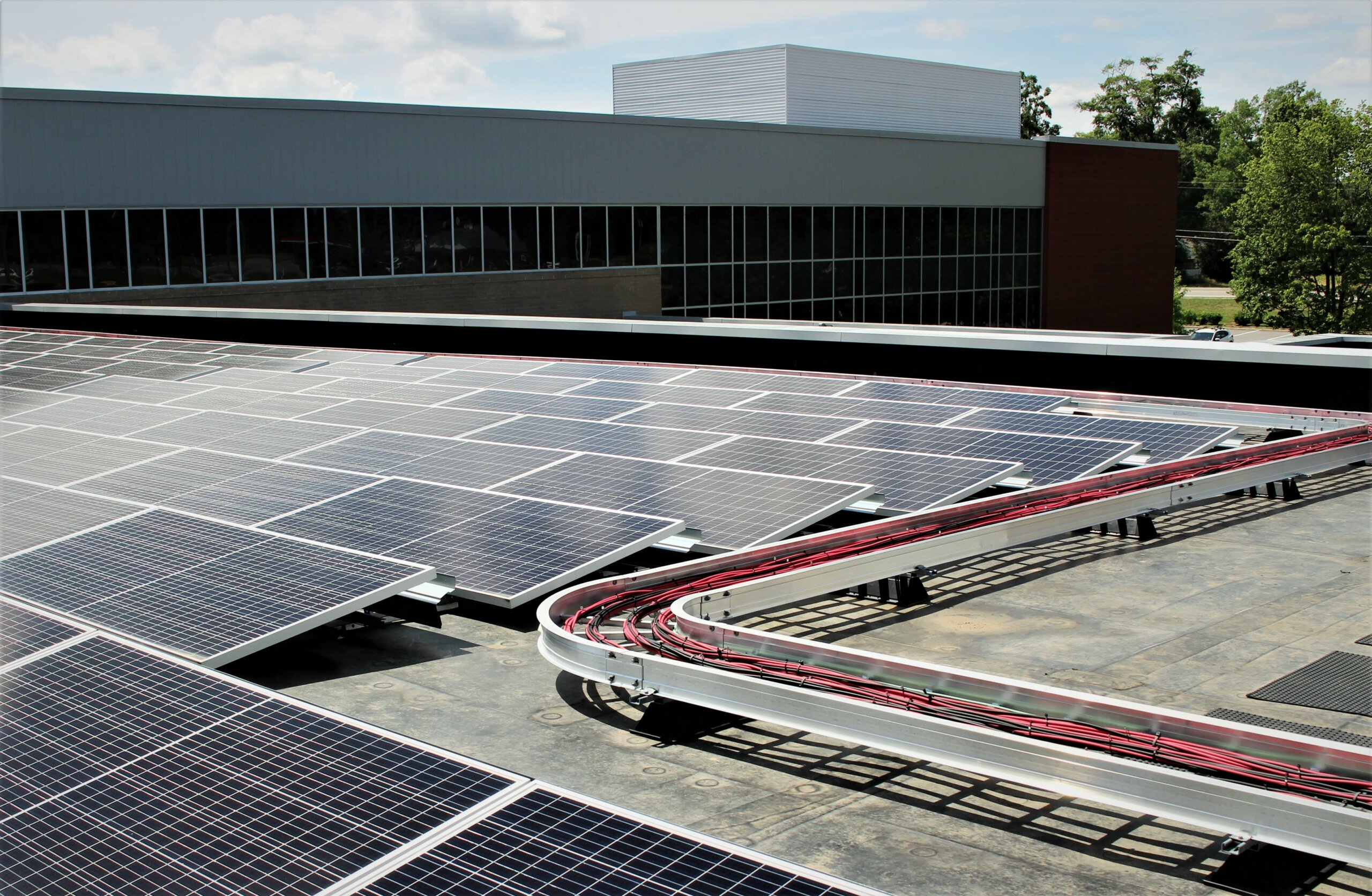
Solar panels on top of a Virginia elementary school. Photo by Sarah Vogelsong/Virginia Mercury.
National environmental leaders say many schools with solar on their rooftops are not only generating enough energy to power their own buildings but distribute or sell the surplus to other community institutions. The school district in Batesville, Ark., is generating so much energy from rooftop solar that it is using the money it has collected from selling the excess power to pay for teacher raises.
In Prince George's, the decision on whether to install solar is going to be made on a roof-by-roof basis, Alston said — and in consultation with the relevant utilities.
"We don't have those opportunities fully developed just yet," she said. "But we're doing our best to design every building with energy efficiency in mind."
'There's so much work that needs to be done'
Maryland is the only state in the country with statewide standards for teaching environmental literacy. In May 2020, the Maryland State Board of Education adopted new pre-K-12 environmental literacy standards, which seek to fuse instruction in science, social studies, health and physical education, math and environmental studies. The aim is to teach students about environmental sustainability, climate resilience, and mitigation of climate change impacts, and the state offers broad guidelines for what students at various ages ought to learn.
"Maryland’s robust and multi-disciplinary Environmental Literacy program enables students to discover, create and maintain an optimal relationship between themselves and the environment, and to preserve and protect the unique natural resources of Maryland, particularly those of the Chesapeake Bay and its watershed," Sylvia Lawson, deputy superintendent of organizational effectiveness at the Maryland State Department of Education (MSDE), said in an email. "Ultimately, the goal of the Environmental Literacy Standards is to build the capacity of Maryland students to make informed decisions that benefit themselves, their families, and their local and global communities within an increasingly complex and continually changing world."
But extensive as these guidelines are, the students themselves aren't required to show that they've achieved environmental literacy, the way they are compelled to obtain community service credits before they can graduate high school. The school districts every five years must certify with the MSDE that their environmental instruction is meeting certain state standards.
Tom Ackerman, the Chesapeake Bay Foundation's vice president for education, said that when it comes specifically to addressing climate change, Maryland schools are just beginning to develop lessons and curricula. And he is urging school districts to take an expansive view of how the message should be delivered.
"When you look at environmental literacy, it's more than just the content learning," he said. "It's really the practice. We want students to get outside and see what conditions really are and develop solutions."
There are several examples of out-of-school opportunities for Maryland students to learn about climate change and what to do about it. The Chesapeake Bay Foundation's educational programs are one vehicle. The Howard County Conservancy, a nonprofit land trust that operates a nature center in Woodstock, launched the Youth Climate Initiative two years ago, and offers courses in climate science, impacts, solutions, legislation and policy, environmental justice, and food waste.
Students in Montgomery and Prince George's counties can participate in a national STEM education program called Energizing Student Potential, which exposes them to energy and utility industry leaders. Alston, the Prince George's school official, said one of the things county students do is measure the energy efficiency at school buildings.
"It's just a phenomenal program," she said. "It's data-driven. You look at data to see how the buildings are performing."
An immediate goal for Prince George's leaders for the four schools that currently have solar panels on their roofs is to install dashboards in the school buildings that students can monitor.
"We advocate for these dashboards as a trigger for the students, as a tool for the students," Alston said. "It's a way you can engage your students, to make them passionate about the environment and stewardship."
It's frequently said that while the climate crisis was created by previous generations, it's going to be solved by the next generation of leaders — because they won't have any other choice. Placing more solar panels on school rooftops seems like a relatively small but significant step, with myriad benefits beyond energy savings.
"There's so much work that needs to be done," said Schifter of the group This is Planet Ed, "and so many opportunities to center climate education with young people."
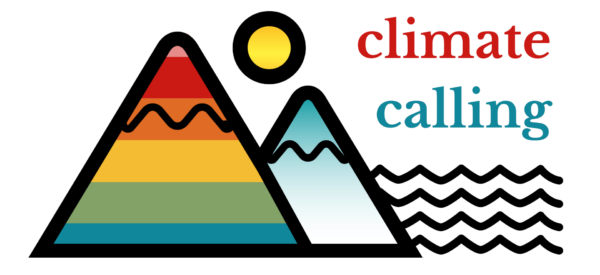

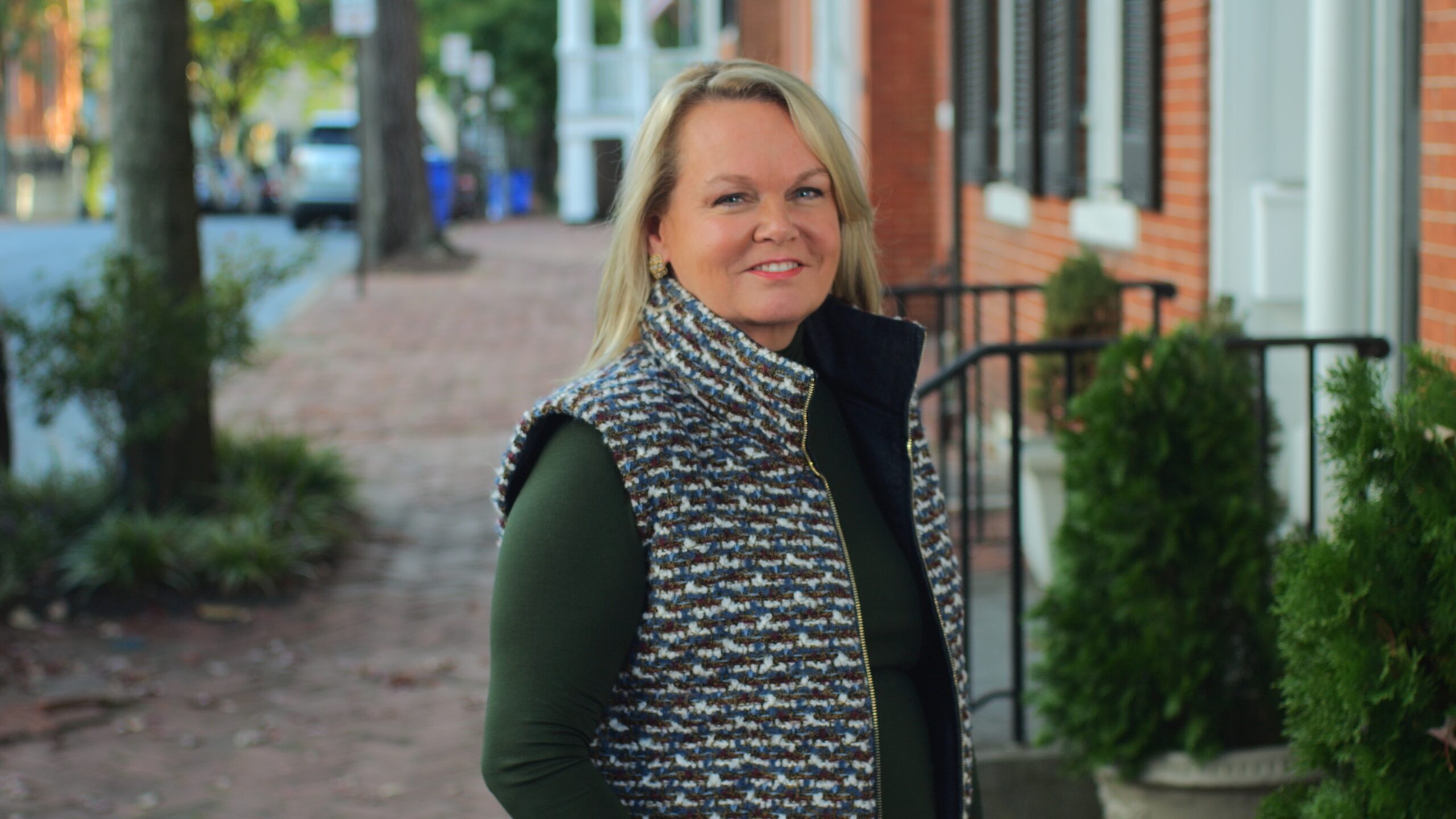
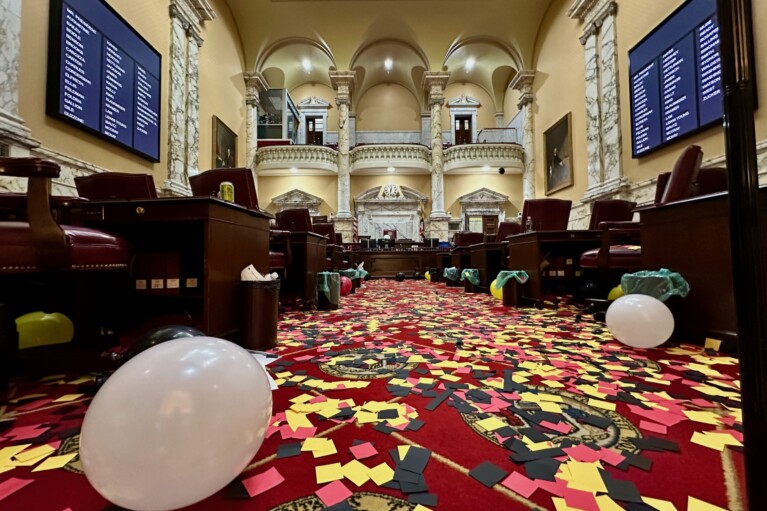
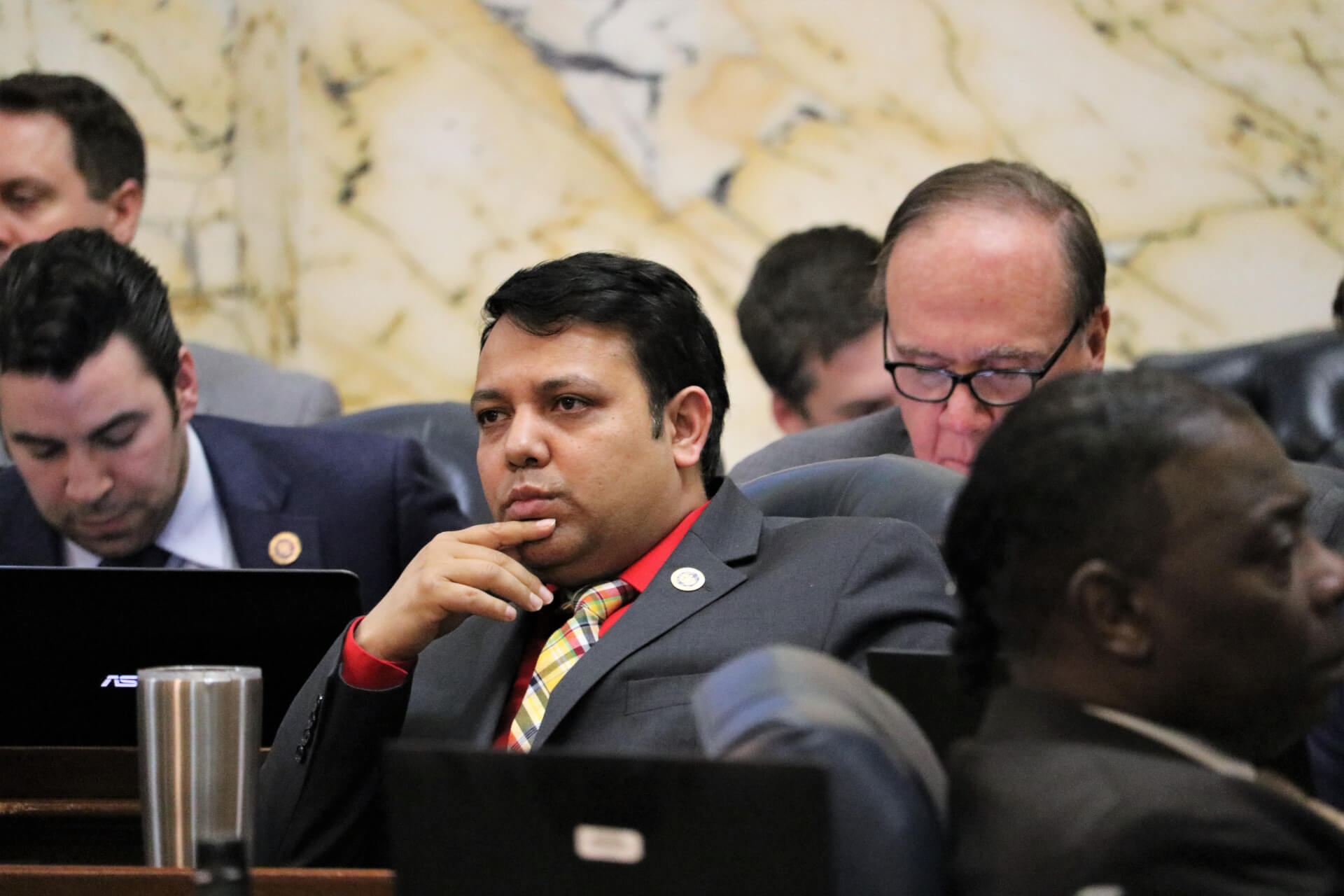
 Creative Commons Attribution
Creative Commons Attribution